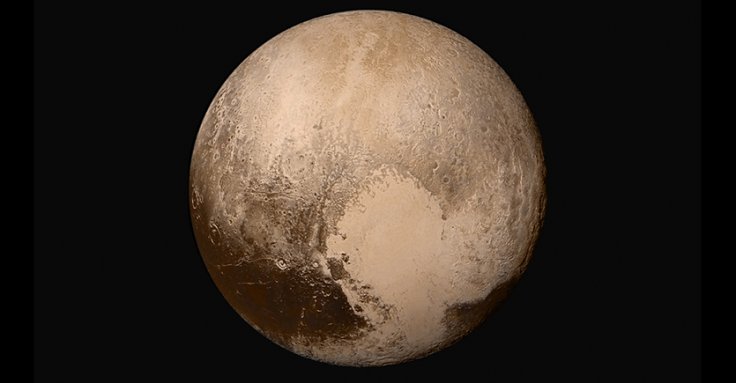
A new study report published in the journal Science Advances has revealed that liquid water might have spewed on Pluto's surface after the eruption of a cryovolcano. Researchers who took part in this study made use of data gathered by NASA's New Horizons mission in 2015 before making this conclusion.
"This was a huge surprise to all of us about Pluto. It means there are lots of surprises waiting to be uncovered in that part of the solar system," said Dale Cruikshank, a researcher at the NASA Ames Research Center in Moffett Field, Sciencenews reports.
As the new research report has now surfaced, it has become pretty clear that there was liquid water on the surface of Pluto, thus raising the hopes of potential alien life at least in its simplest form.
During the study, researchers analyzed the wavelengths of light in the images of Pluto's surface, and the team successfully determined the chemical compounds that are located on the planet's surface. Scientists found signs of ammonia in the areas exposed to water ice, near a large crack in the surface of Pluto called Virgil Fossa.
The research report revealed that this crater might have formed when liquid water erupted from a cryovolcano.
"If you find it at all, it suggests that it has been put there fairly recently. There is really no limit [to how recently], as far as I can see in the geology," added Cruikshank.
A few days back, another study conducted by a team of Japanese researcher had suggested that there could be a deep ocean present under Pluto's icy crust. In the study report, researchers also noted that an insulating layer of gas might be maintaining the liquid nature of these oceans under Pluto's icy crust. As the research report surfaced online, several scientists speculated that alien life might be thriving in these underground oceans.









